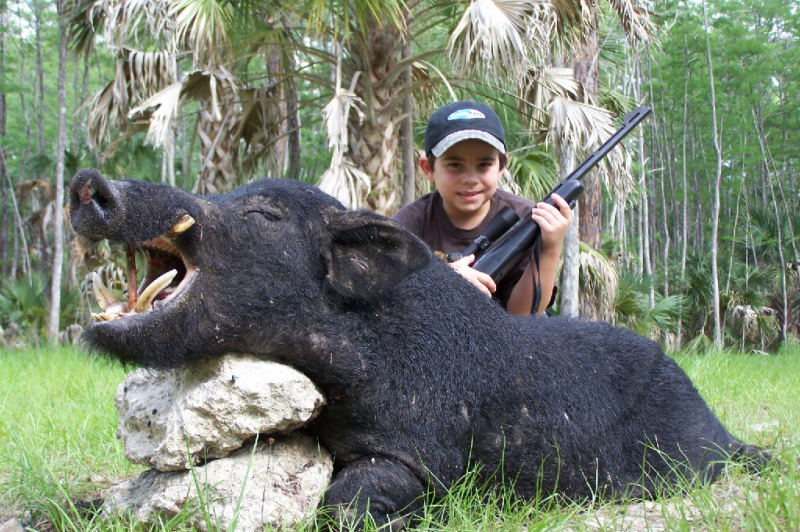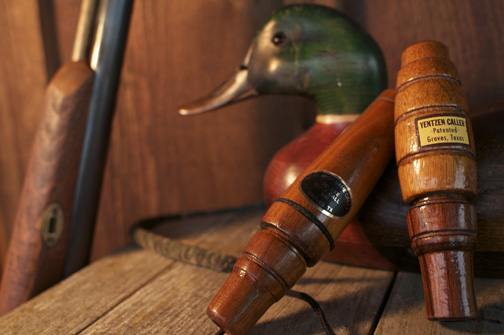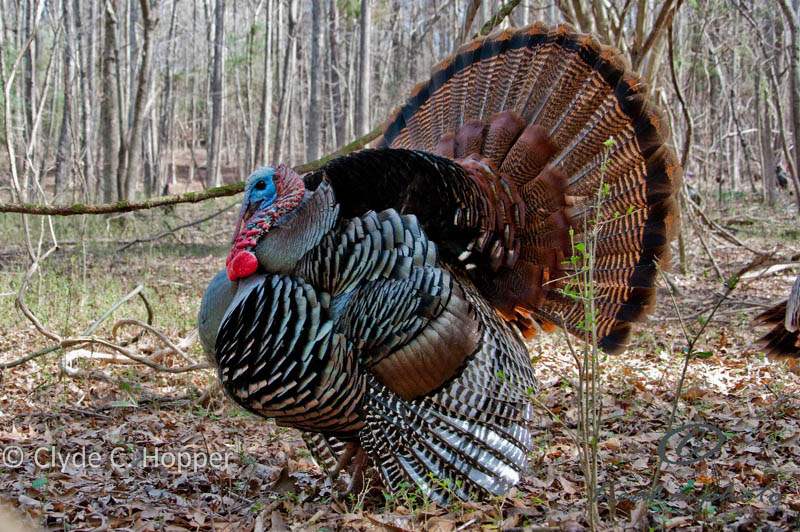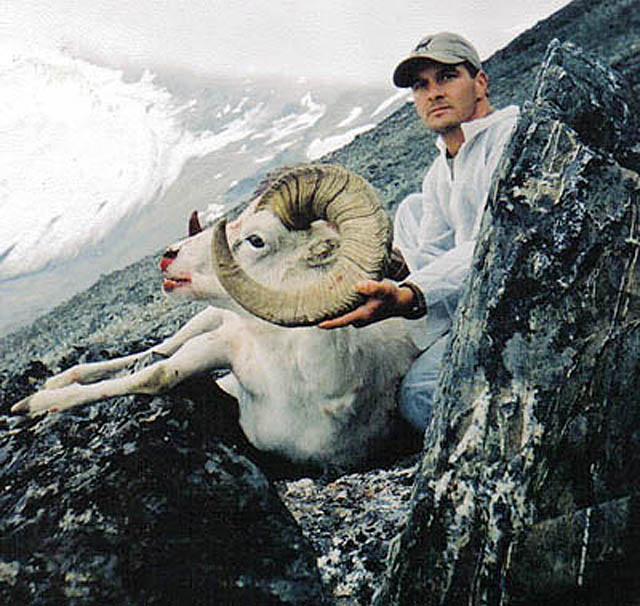Bow hunting is often seen as one of those “manly” sports, but there is a small contingent of women that partake in bow hunting and take the sport to new levels. With bow hunting, people are getting in touch with the control of the hunt and are learning all sorts of new things about getting in tune with themselves and using their own bodily power to get in touch with the hunting aspect. Without the use of a firearm, people find that there is less to hide behind with a bow and find that the psychological aspect of bow hunting can be somewhat intimidating.
With bow hunting quickly becoming a new favorite in those seeking old-fashioned adventure, there are many new additions to the sport that people interested in it should get to know. One important aspect about bow hunting is the breaking of the “safety zone”. This must be done to get a clean shot at the prey. While traditional firearms hunters can stay at a relatively safe distance from their prey, a bow hunter must creep up on the prey and get inside a danger zone with the animal. This means that the animal could charge or attack at any moment within the danger zone. The hunter should be aware at all times because of this.
With some of the new additions in bow hunting, however, some of the guesswork from the hunt is being removed. While many bow hunting traditionalists may be against such new additions as GPS sensors and nigh-vision, others welcome any ally that they can muster in this fight for survival and adventure. There tends to be two different schools of hunters, but all hunters have the same goal in mind whether they are traditionalists or “new school” hunters. The ultimate goal of bow hunting is, of course, to bring down the ultimate prey.
There are several types of hunts that people go on. Big game hunts are popular and include elk, wolves, mountain goats, caribou and mountain lions. Other more dangerous hunters tend to go bow hunting after bears. There is a lot of demand for bear hunting these days, especially archery related hunts. This is because the danger involved with bear hunting delivers more of a rush than elk or caribou hunting. Like running with the bulls, bear hunting brings a sort of insane glee to the hunter and delivers certain thrills that they are not likely to get anywhere else.
Many people book bow hunting trips or excursions with a variety of trip-leading companies. These companies typically take a group of hunters into a particular area that is noted for having a great deal of the animals they are seeking. The hunting company trips come equipped with a guide that monitors the action from a position of expertise and offers tips to the hunters in the party. Hunting trips are often very reliant on the seasonal aspect of hunting, so those seeking a bow hunting excursion should make sure they are paying attention to the top seasons of hunting.
Much of bow hunting is reliant on the baiting or trapping aspect. The aforementioned hunting trips typically supply bait to the hunting party. This includes a knowledge from the hunting guide of placing the bait and finding a spot to wait for the prey. As hunting guides are professionals, their advice should always be heeded.
Typically, a hunting guide will take his or her party to a location in which the density of the hunted animal is known to be highest. They will then set up a camp or “base” and begin to look for baiting locations. Once the bait has been placed in a variety of locations, a hunting area will be designated for the bow hunters. As the hunters set up shop, the guide will typically go through a few of the ground rules and safety techniques. After a short period of time, the animals tend to appear and the hunt is on.

















